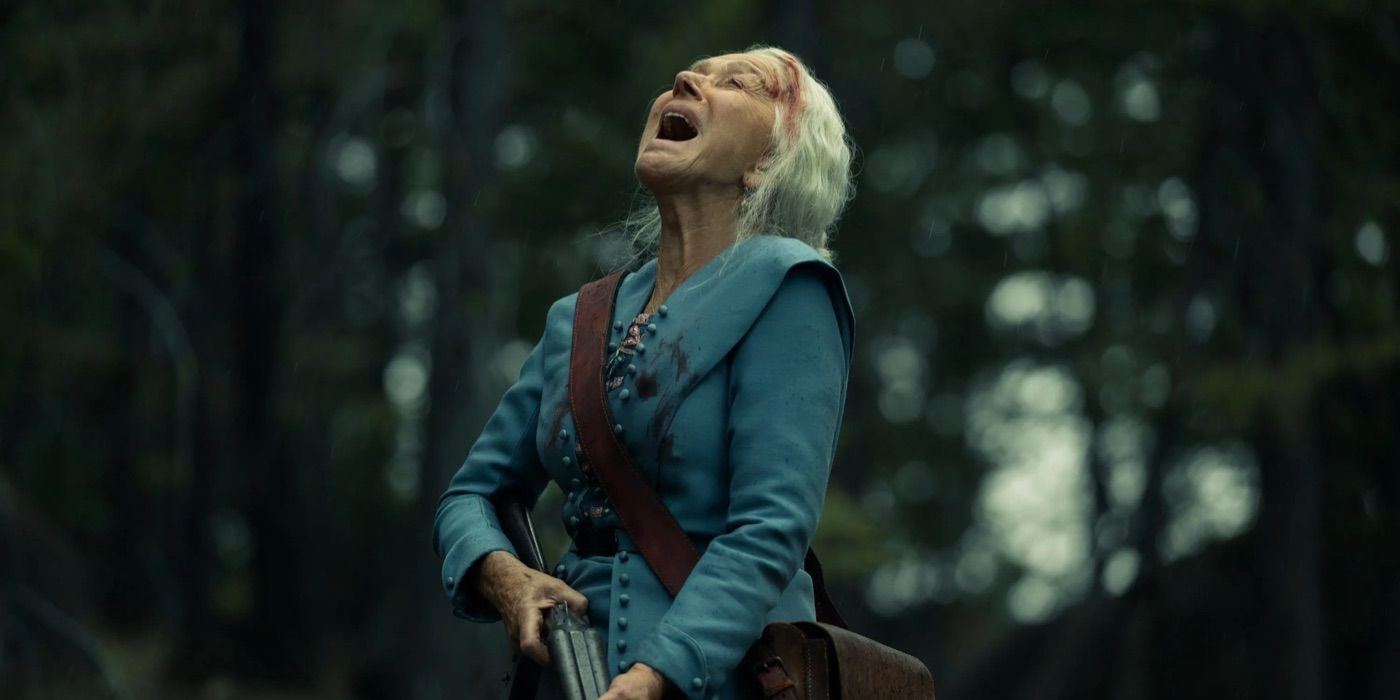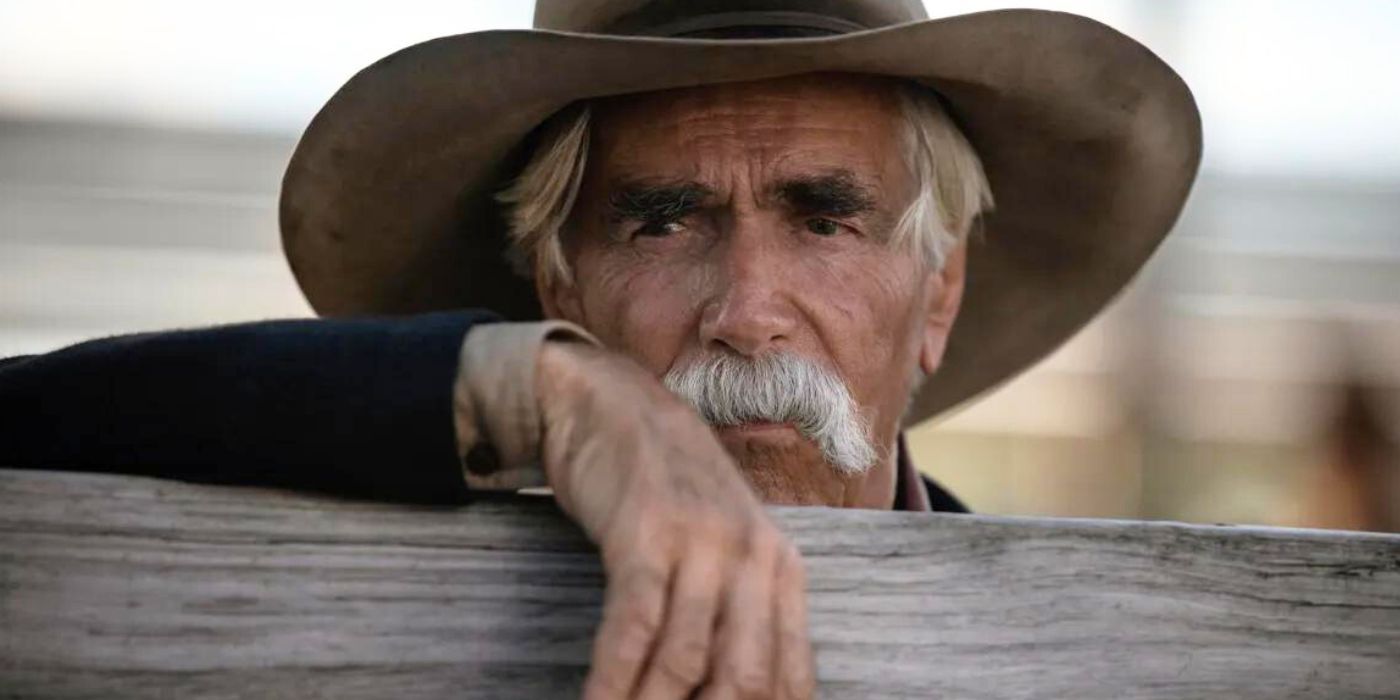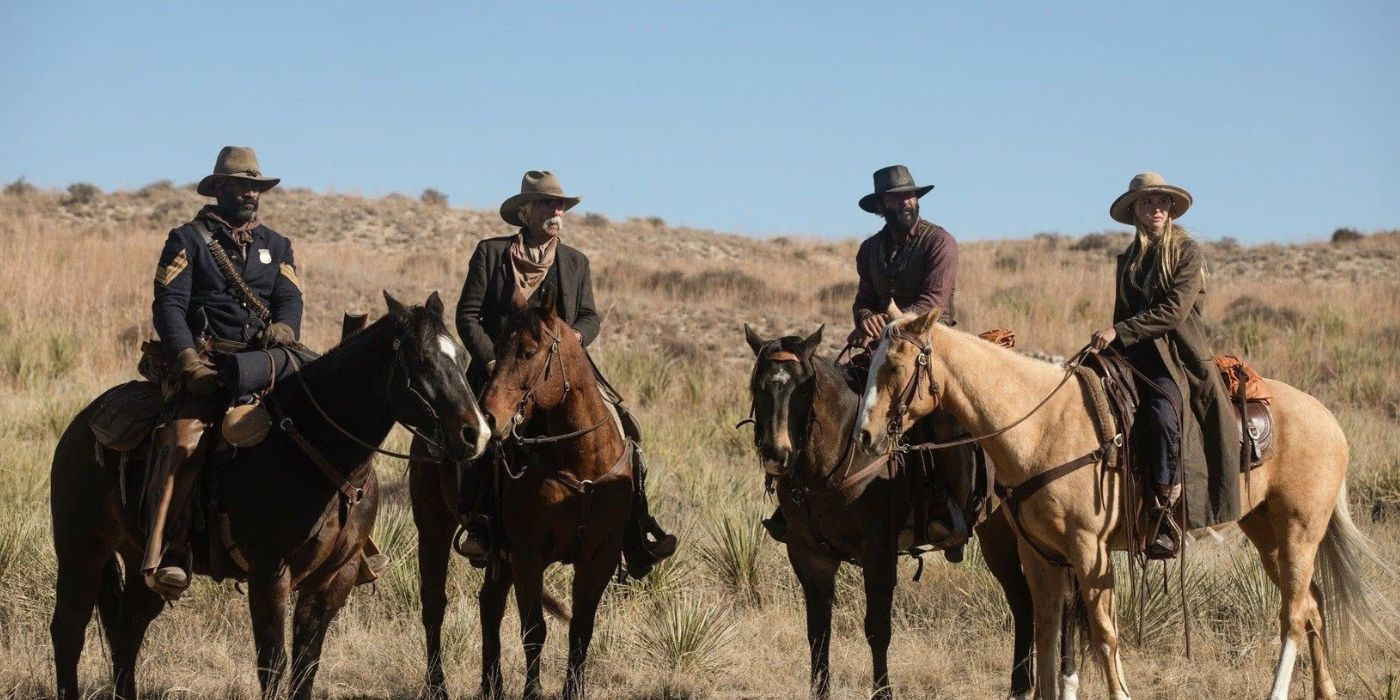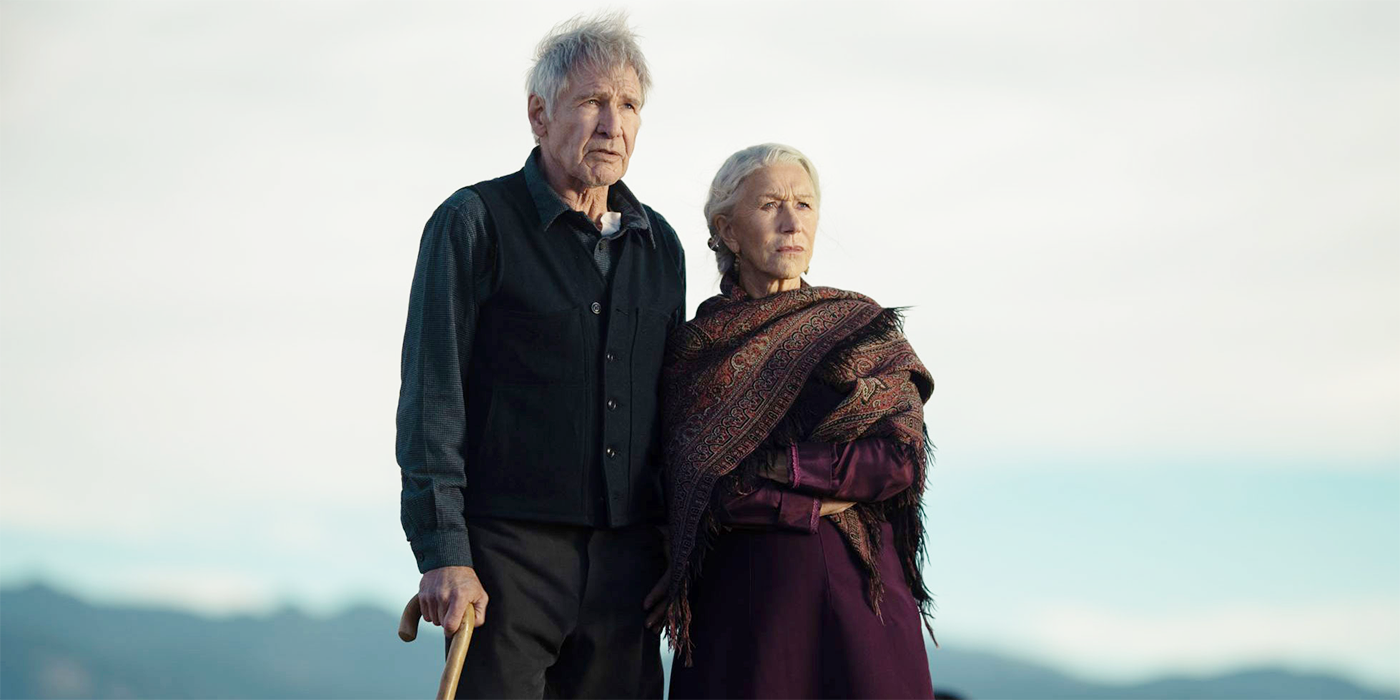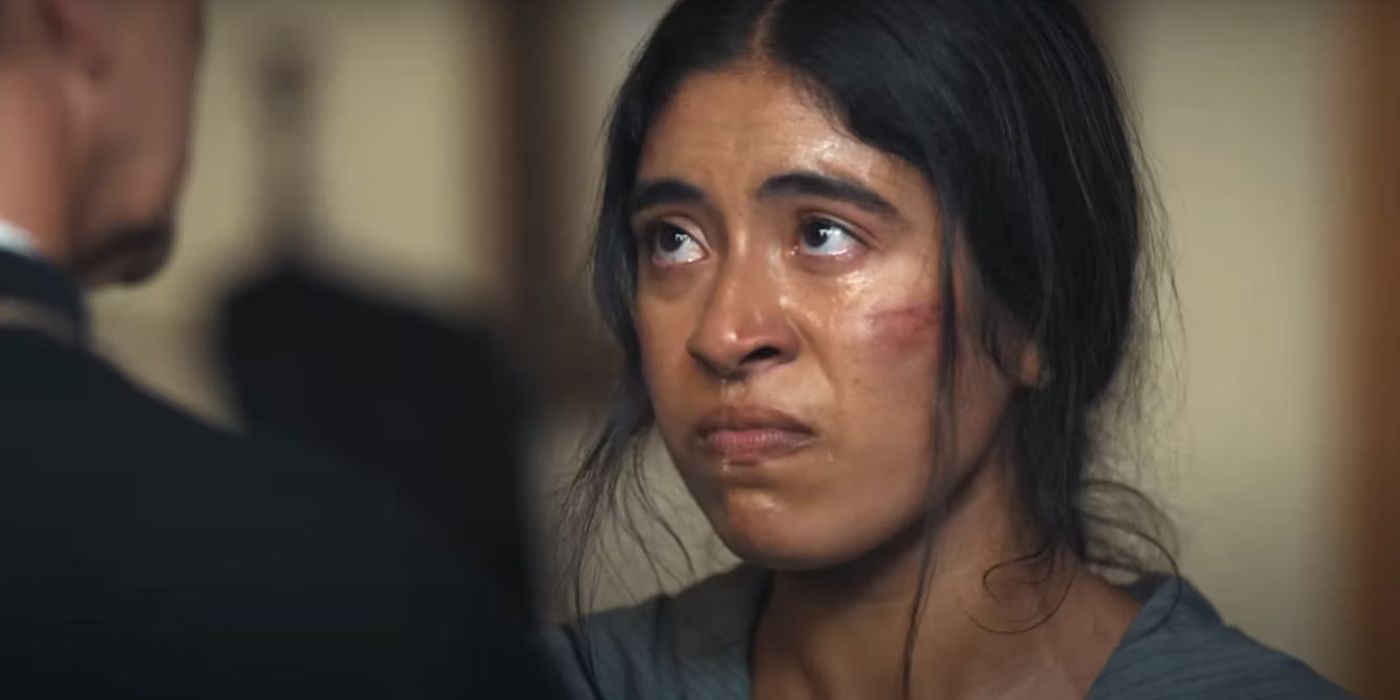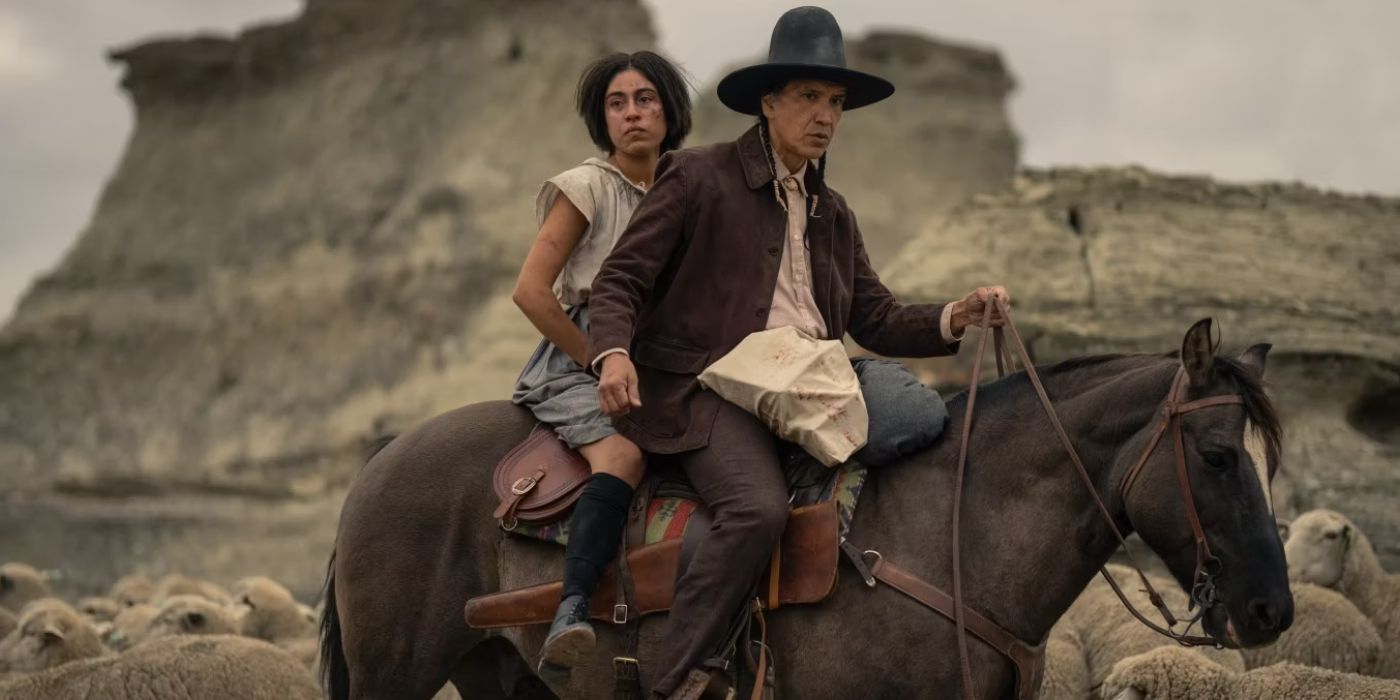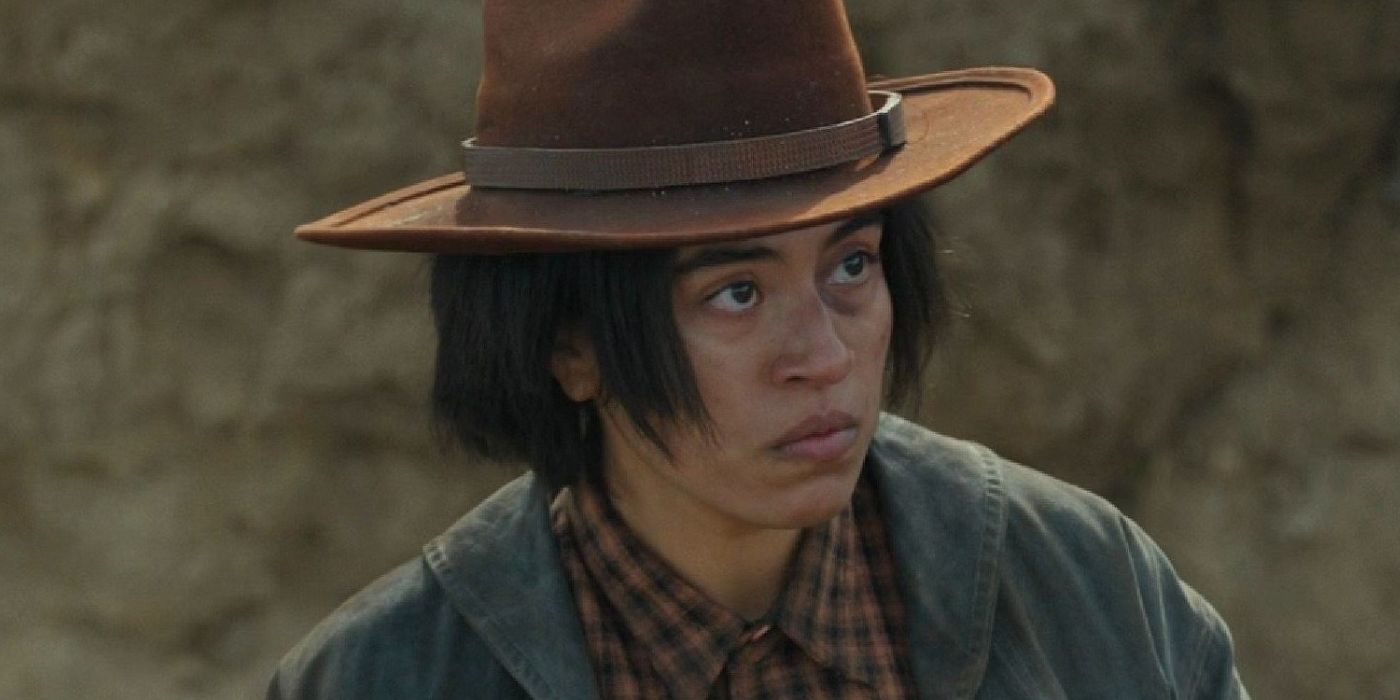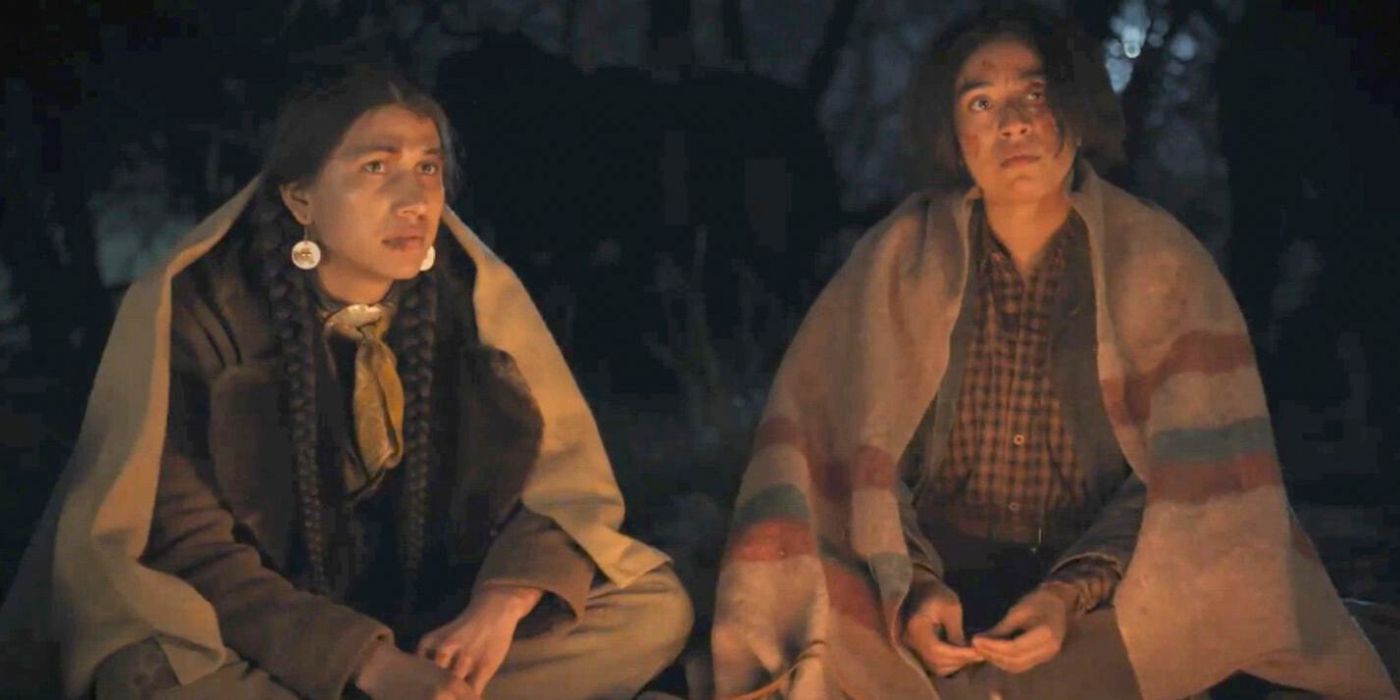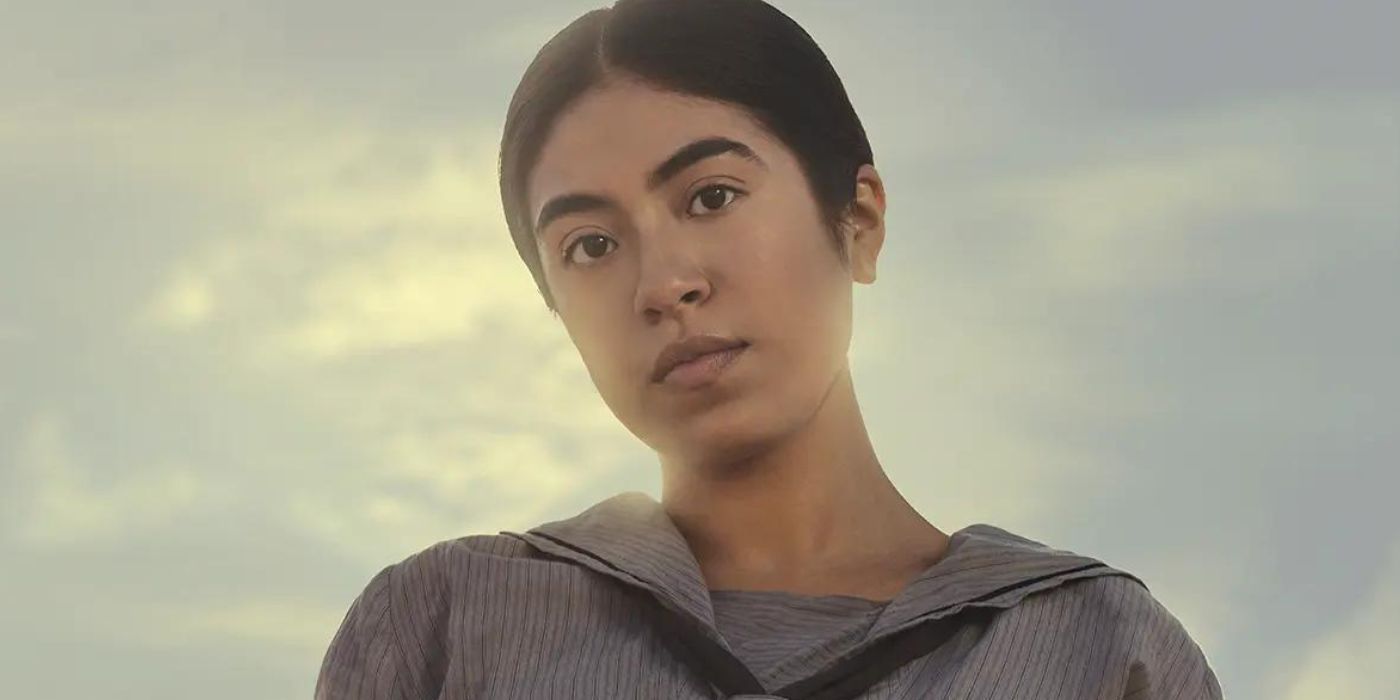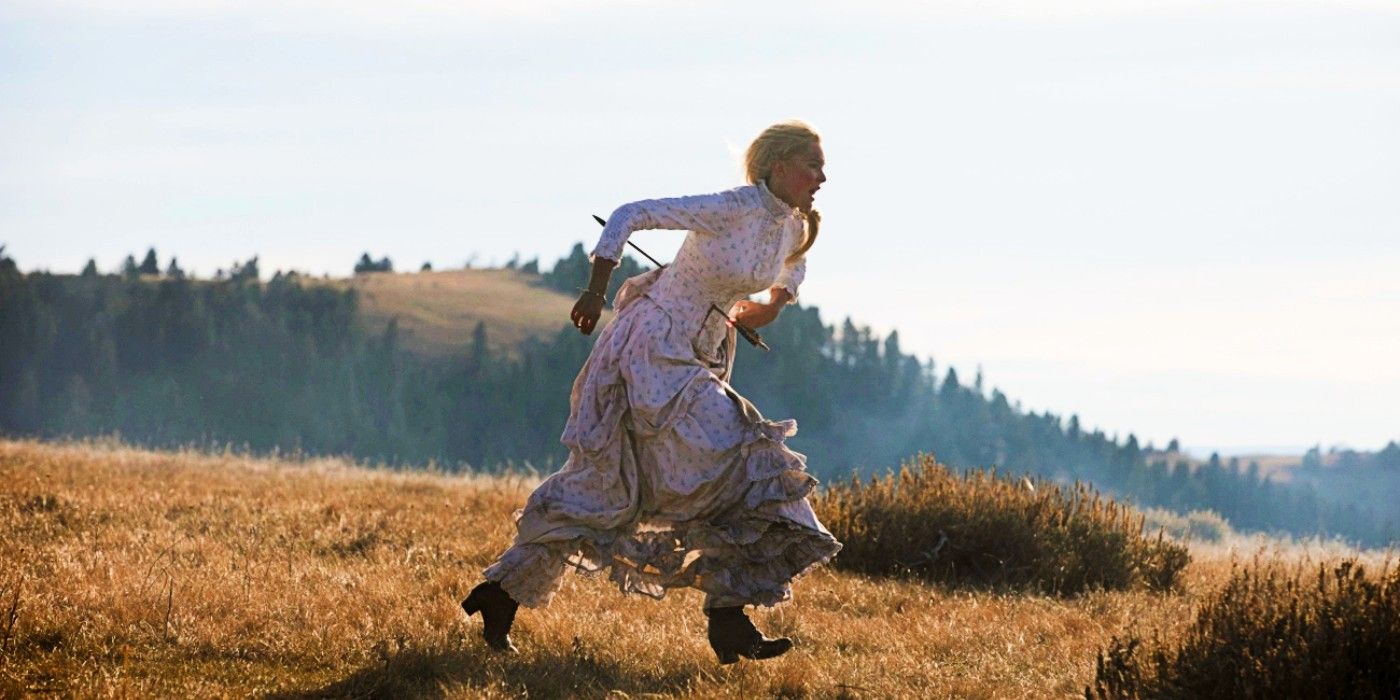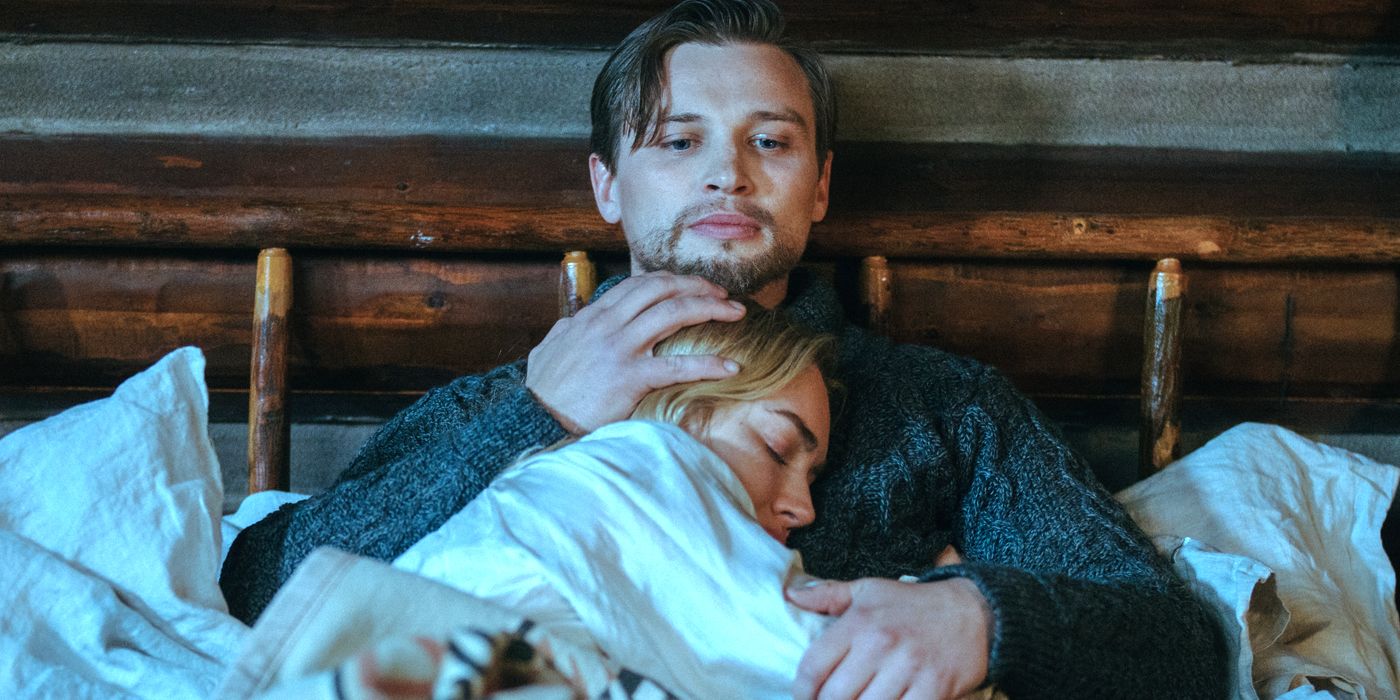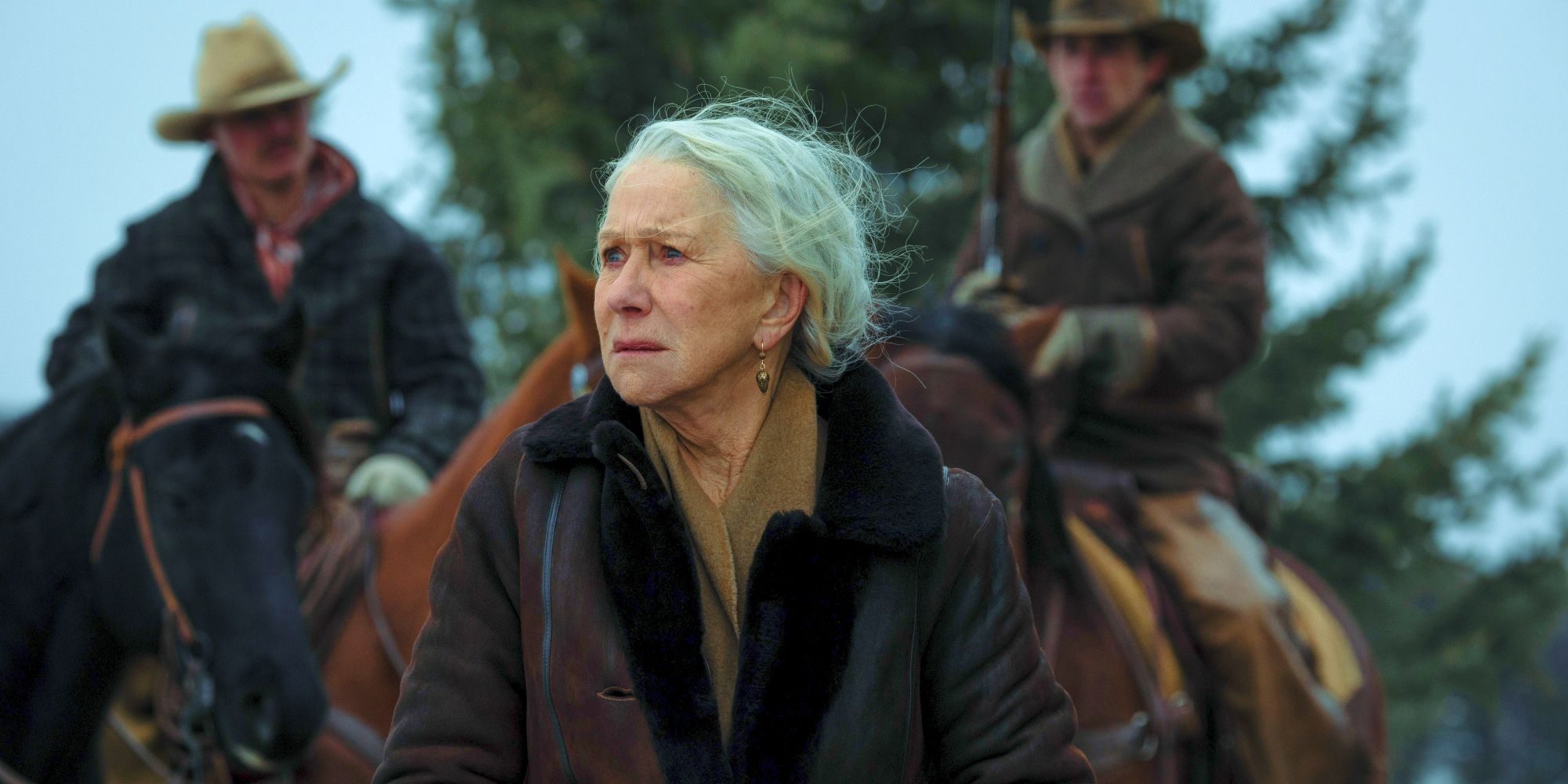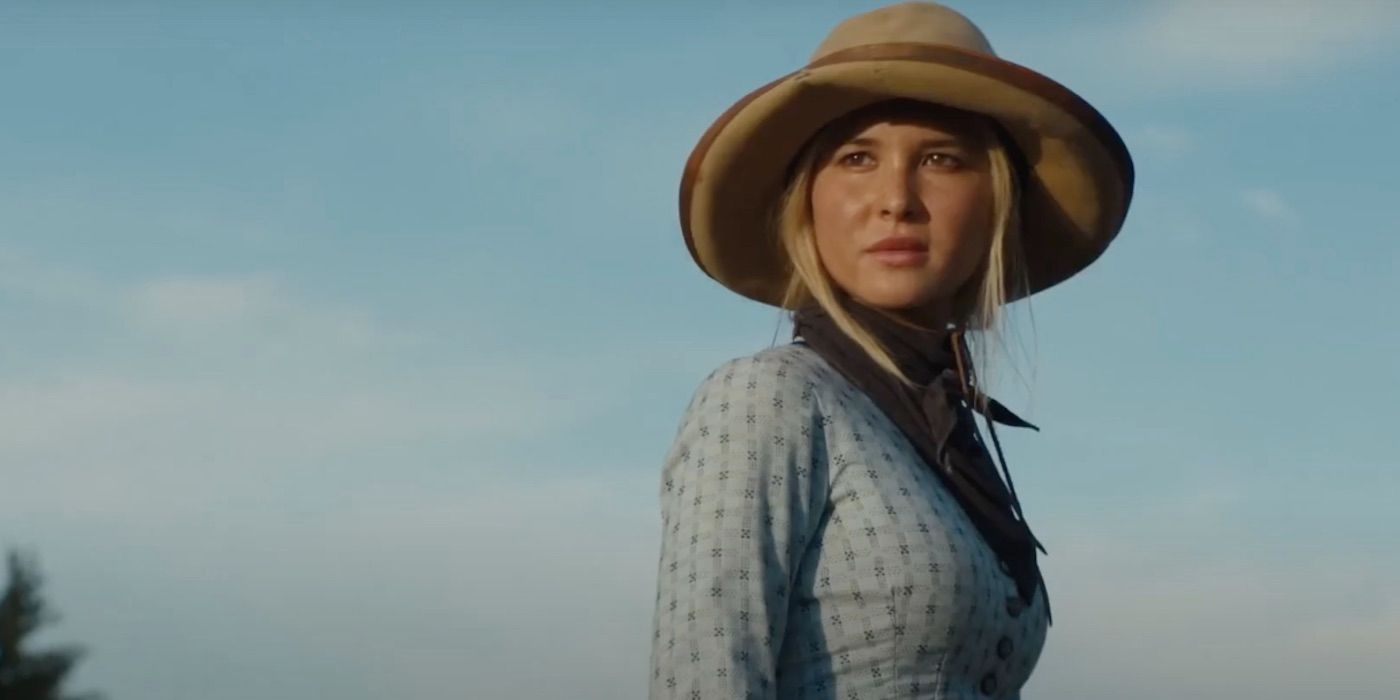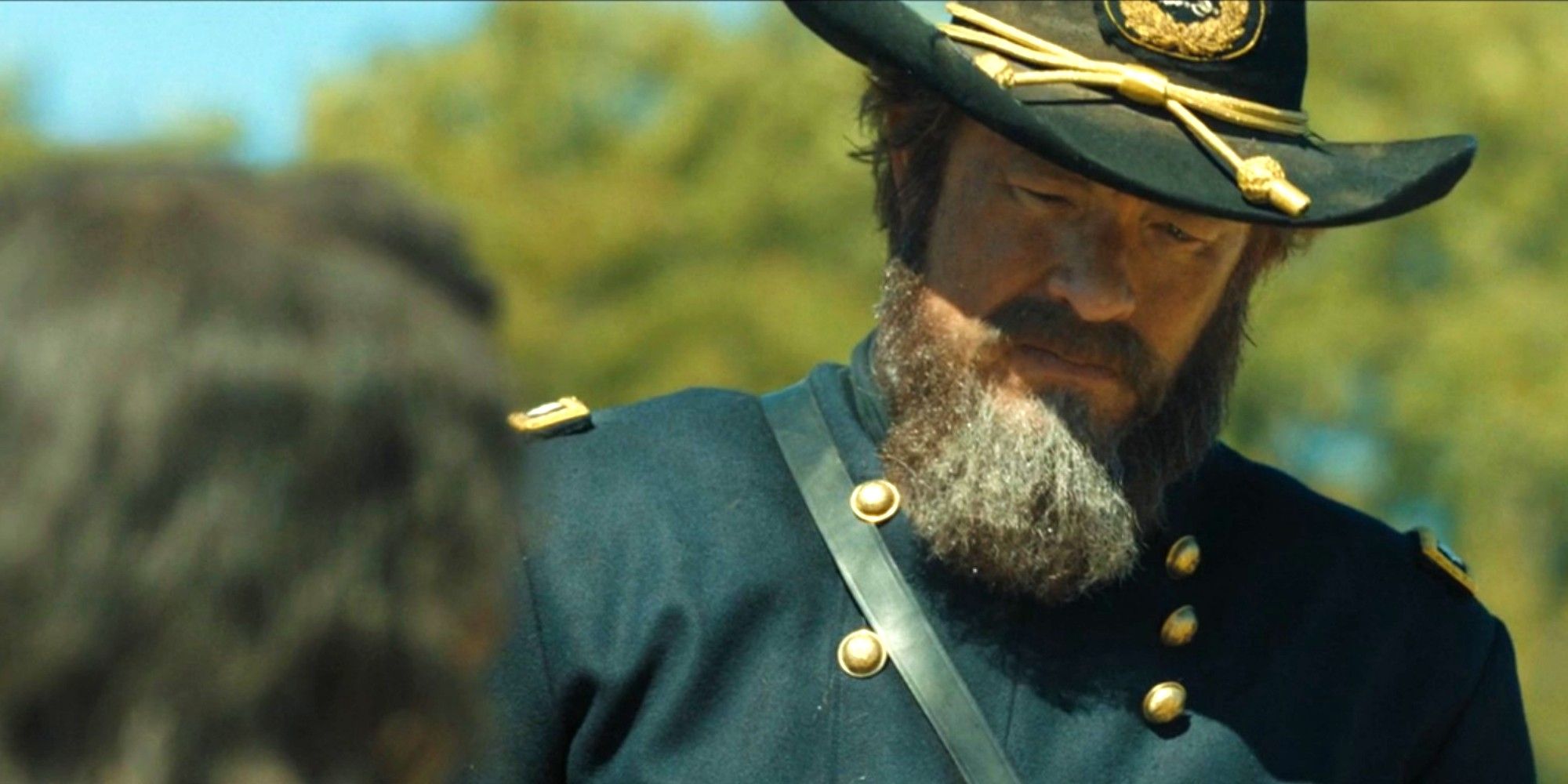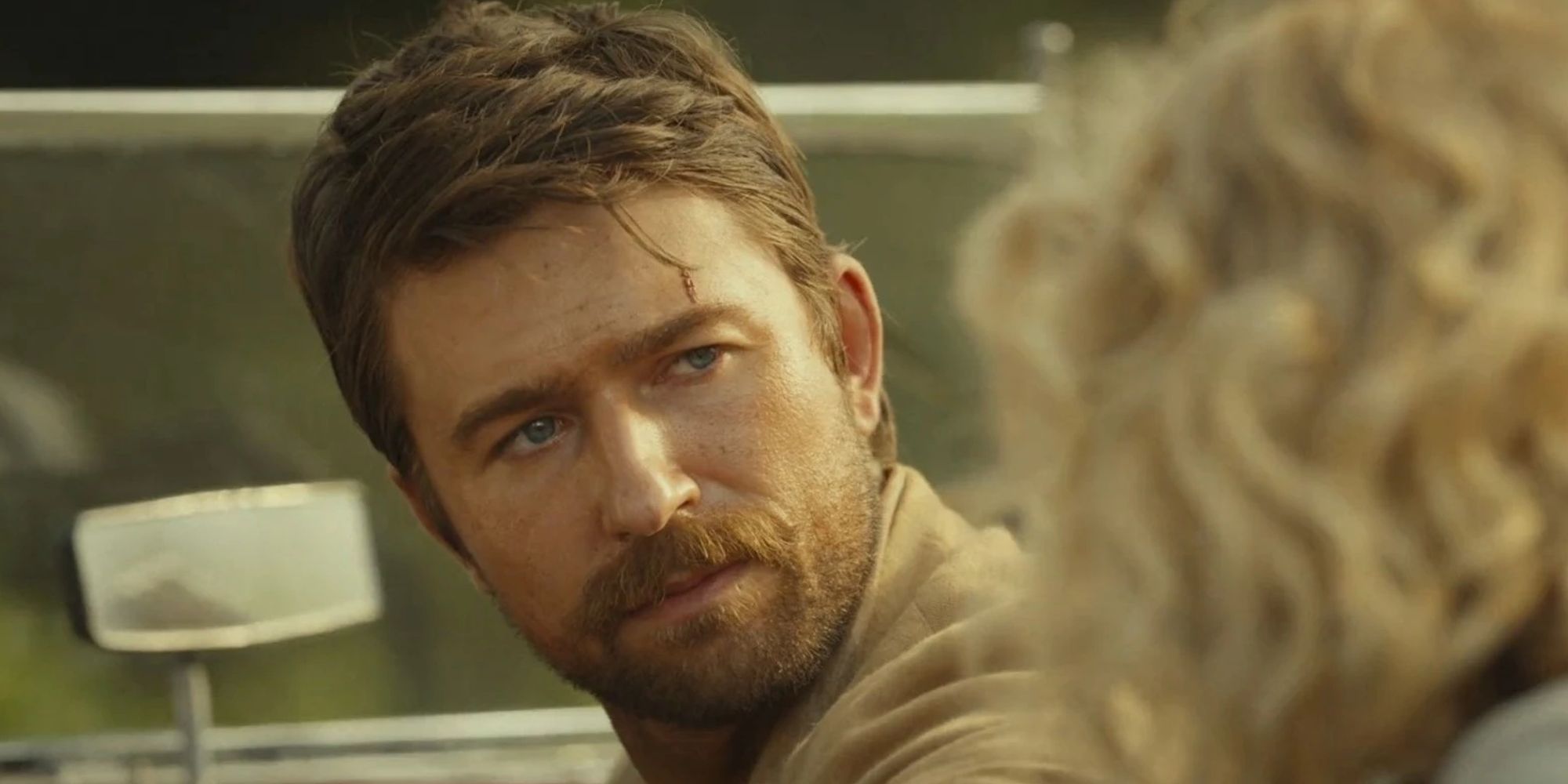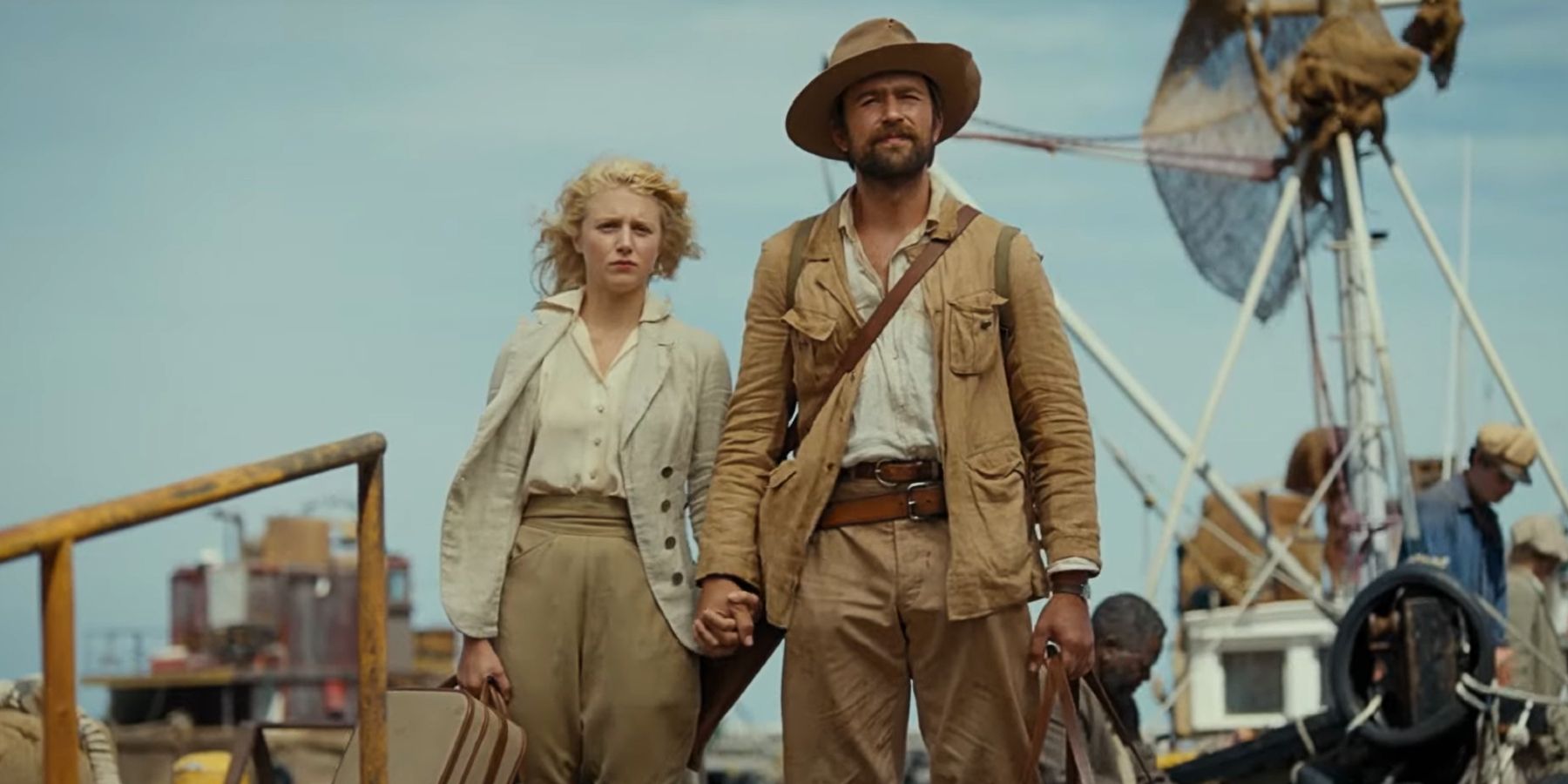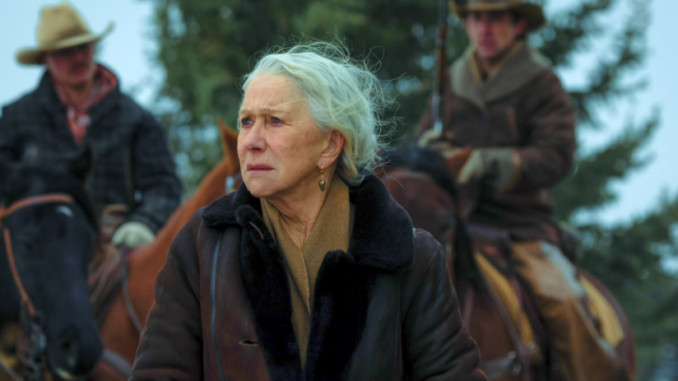
Taylor Sheridan’s critically-acclaimed Western drama Yellowstone is one of the most popular prestige dramas of the last decade, but the spinoffs that it spawned are even better in some ways. Beginning in 2018, Yellowstone reintroduced the Western drama to modern audiences via the Dutton family, which is led by a fifth-generation rancher who fights to keep his massive ranch out of the hands of land developers, the nearby Native American tribes, and occasionally the state government. The prequel series 1883 and 1923 follow earlier generations of the Dutton family as they fight for survival and success in the American West.
Yellowstone will wrap up with season 5, part 2 in November 2024, and after that the franchise’s attention will shift towards its various spinoffs and sequel series. While Yellowstone may have kicked off the story of the Duttons, it quickly became regarded as the worst show in its own franchise to some, as the two prequel series were almost universally acclaimed. While different franchise fans may rank the three series differently, it’s clear that 1883 and 1923 outshine the original series in at least a few ways.
Although Yellowstone is set to conclude after its highly-anticipated season 5, part 2, exiting star Kevin Costner had a very different plan in mind.
101883 And 1923 Have Tighter, More Dramatic Plots
The prequels benefit from more focused storylines
The scope of Yellowstone is obviously far different from its prequels; there are many more separate character groups and plotlines that need to be wound into the overarching narrative. As a result, Yellowstone can occasionally feel somewhat meandering as the characters are immersed in the rancher life that the show lauds from the mountains of Montana. In lieu of continuing with a particularly intriguing story, time will be spent with characters as they learn the ins-and-outs of reining and slide stops, for example.
1883 and 1923 are streaming on Paramount Plus, while the first 4.5 seasons of Yellowstone can be found on Peacock.
That simply isn’t the case with 1883 and 1923. Both shows operate on a much tighter timeline than Yellowstone from a TV perspective, as 1883 was only one season and 1923 will stop after two. Because of that urgency, the stories that unfold are much more focused and precise. There aren’t different groups to check in on and perspectives to explore, there is only the central conflict that the Dutton family endures. That makes for higher levels of drama that build quickly and sustain.
91883 Takes A Grittier Approach To Yellowstone
The Old West prequel is raw, dark, and violent
1883 benefits in more ways than one from its period setting, but perhaps the most important is how much darker and grittier it is than Yellowstone. The Sam Elliott-led drama series pulls no punches when it comes to the perils of traveling across the American Old West, and every snake bite, sickness, and Native American arrow is depicted as dangerous, if not deadly. Death is a traveling companion of the Duttons of 1883, as much a part of the cast as Elsa Dutton or Shea Brennan.
It achieves a level of darkness that even Yellowstone never quite realizes (although it certainly has its low points), all the way to its conclusion. 1883 never lets its foot off the gas, and ultimately ends in unthinkable tragedy. As much as the humor of the ranchers or the mean comments of Beth are appreciated in Yellowstone, 1883 manages to exist as a different beast entirely when it comes to grittiness.
81883 And 1923 Are More Authentically Western As Period Dramas
The prequels capture many beloved Western elements that Yellowstone misses
Yellowstone certainly classifies as a Western drama with its sweeping vistas and cowboy action, but given its contemporary setting, it misses many of the classic elements that people love about Westerns. Yellowstone‘s boardroom battles and barroom brawls are exciting, but they don’t necessarily scratch the itch for those who love Westerns for the six-gun shootouts and saloon showdowns. More than almost any other genre, Westerns have an established and beloved set of tropes that people enjoy, and while Yellowstone brings some of them to the modern era, it isn’t quite the same.
1883 in particular hits many of the marks that Yellowstone misses given its setting in the Old West. The wagon train action, the battles against Native American warriors, and the varied Western landscapes are all as authentically Western as possible. 1923 moves the timeline up a bit but still hits many of the familiar tropes, and comes across as far more authentically Western than Yellowstone.
71923’s Star Power Is Bigger Than Yellowstone’s
Harrison Ford and Helen Mirren turn in career-highlight performances
There’s no question that Kevin Costner’s involvement in Yellowstone is part of what made it initially popular. Cole Hauser, Luke Grimes, Kelly Reilly and Wes Bentley are all talented and had some level of recognition prior to Yellowstone, but the show was framed and marketed around the Academy Award-winner in its earliest stages. 1923 took the concept and turned it up to 11 by placing two of the most talented and well-known actors of the last 50 years in its lead roles.
Harrison Ford and Helen Mirren each match Kevin Costner’s star power on their own, but putting them in the middle of the action as a couple blows Yellowstone out of the water when it comes to star power and appeal. Both are at their best in 1923, and have received widespread praise for their work on the series, Helen Mirren in particular. While each of the Yellowstone series has attracted big names and guest stars, 1923 takes the cake with its powerful leading pair.
61923 Provides The Strongest Native American Storyline
The story of Aminah Nieves’ Teonna Rainwater is engrossing
Yellowstone has an intriguing side story from the perspective of Thomas Rainwater, the chairman of the Broken Rock Reservation, which is right next to the Duttons’ Yellowstone ranch. While Rainwater is an occasional antagonist to John Dutton, as he also desires the land on which the Yellowstone ranch sits, he is justified in his ambitions as it was his ancestors who originally lived and worked on the land before James Dutton ever settled on it. However, that’s not the strongest Native American storyline in the franchise.
The Broken Rock Reservation is not real, but the Yellowstone scenes set there were shot on the actual Crow Indian Reservation, which, like Broken Rock, is outside of Billings, Montana.
1923 includes a plotline about Thomas Rainwater’s grandmother, Teonna Rainwater. Teonna is a young Native American woman who was stolen from the Broken Rock Reservation and placed in a diabolical and abusive Catholic boarding school against her will. The series chronicles her rebellion against her tormenters and violent escape from the school that acted as a prison. At the end of 1923 season 1, Teonna is still on the run with two Catholic priests in pursuit. Teonna’s story is by far the most exciting one involving Native Americans in the section of the country the Yellowstone franchise is based in.
51883 Elevates Yellowstone’s Stunning Western Landscapes
The prequel takes place entirely in the vistas of the American West
Part of what has made Yellowstone so popular is its ability to transport viewers to a place wholly unlike their own surroundings. John Dutton’s conflict with Danny Huston’s Dan Jenkins is based on Jenkins’ desire to sell the beauty and peace of the land on which the Yellowstone ranch is set, which is what the show is essentially selling as well. However, Yellowstone is still limited by its modern setting, and includes cities and modern landscapes.
1883 received a primetime Emmy nomination for Outstanding Cinematography for a Limited or Anthology Series or Movie.
1883, on the other hand, elevates the visual aesthetic that has made Yellowstone so popular. With a massive budget at its disposal, 1883 fully embraced the beautiful, sweeping mountains and plains of the Old West. The entire show is set in the wilderness of the frontier, allowing its visual appeal to ascend to levels that Yellowstone can never match.
41883 And 1923 Have Higher Stakes Than Yellowstone
Death is everywhere, both from enemies and the American West itself
Death and violence often threaten in Yellowstone, as nearly every major character has been shot, beaten, or blown up at one time or another. However, the stakes can only rise so high with modern innovations in medicine and transportation. For example, John Dutton survived cancer, a ruptured ulcer, and an assault rifle attack within the span of just a few years in the show. 1883 and 1923 characters have a much higher chance of death; 1883 in particular sees danger coming from not only bullets and arrows, but from much harder-to-evade threats like snakebites, disease, and childbirth.
On top of the constant threat of death, the Duttons of the prequel series are fighting for their livelihoods and home at every turn. In Yellowstone, the Duttons could lose large swaths of the ranch and not only live, but live quite comfortably. In 1883, the Duttons are fighting to stay alive on the plains of the Old West, while a couple of generations later they’re still fighting for their family’s survival against those who would see them wiped from the land, in addition to the survival of the ranch.
31883 And 1923 Have Stronger Female Characters Than Yellowstone
Prominent female characters are at the forefront in a typically male-dominated genre
Yellowstone isn’t without strong female characters, as both Beth Dutton (Reilly) and Monica Dutton (Kelsey Asbille) have their moments at various times throughout the show. However, both characters are heavily flawed as well; Beth is routinely cruel and at times operates out of emotion and blind loyalty, even if her behavior ends up destructive, while Monica is often paralyzed by indecision. Neither measures up to the strong female characters of 1883 and 1923.
Helen Mirren’s Cara Dutton is the powerful matriarch of the Dutton clan in 1923, and she is equal parts smart and fierce. When her husband Jacob is shot and fighting for his life, Cara steps up and even stands in for him to lead the local cattle owners’ association. She takes full command of the Dutton family in Jacob’s absence, leading with strength and authority. Similarly, Isabel May’s Elsa Dutton of 1883 is independent and brave, even if she’s occasionally naive. Both of the two lead female characters from the prequels are stronger than any found in Yellowstone.
21883 Contains Real World Historical Connections
Cameos from actual historical figures add authenticity
Nobody watches any part of the Yellowstone franchise expecting historical accuracy or real world connections. Therefore, it was a surprise to see real historical figures show up in 1883‘s early episodes. While none of them are integral to the larger story told in the series, they are inserted smartly into the plot in roles that make sense given the time period and location of the show’s action. Their inclusion lends some authenticity to the series and further enhances the Old West aesthetic.
| Real-World Characters In 1883 | |||
|---|---|---|---|
| Character | Actor | Description | Appearance |
| General George Meade | Tom Hanks | Major general of the Union Army in the American Civil War; defeated Robert E. Lee in the Battle of Gettysburg | Episode 2 |
| Charles Goodnight | Taylor Sheridan | A rancher and scout in the American West who was famous for helping settle the Texas Panhandle and establishing a cattle trail to Colorado | Episodes 7 and 8 |
| Marshal Jim Courtright | Billy Bob Thornton | A famous gunman and lawman of questionable integrity based in Fort Worth, Texas | Episode 2 |
11923 Expands The Yellowstone Universe Beyond The American West
Spencer Dutton’s story widens the world of Yellowstone
While Yellowstone and its spinoffs are meant to be Westerns, 1923 did the franchise a favor and expanded the world beyond the American West. The season 1 story of Spencer Dutton, the youngest son of James and Margaret Dutton, takes place overseas, as Spencer is a big game hunter in Africa when the series opens. As he attempts to make his way back to the United States, Spencer and his fiance, Alexandria, move across Africa and parts of the Mediterranean.
By showcasing an entirely new setting for the Yellowstone franchise, Spencer’s story provides some much-needed variation in aesthetic. As a former soldier and big game hunter in Africa, Spencer still embodies many of the typical qualities associated with cowboys, but in a new and visually exciting way. Yellowstone rarely leaves the areas around the ranch, much less travels to a new continent.
